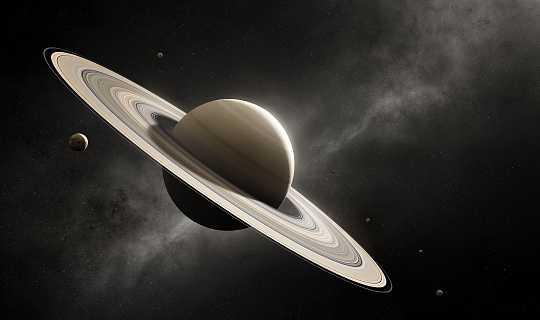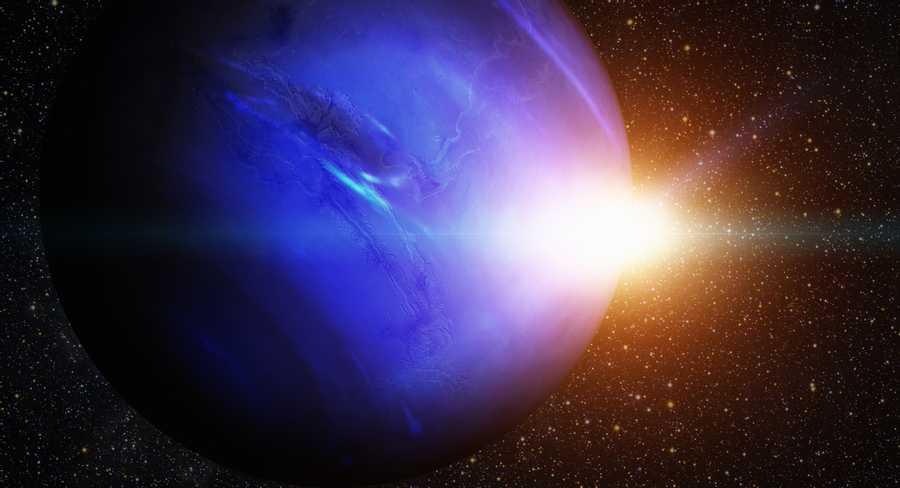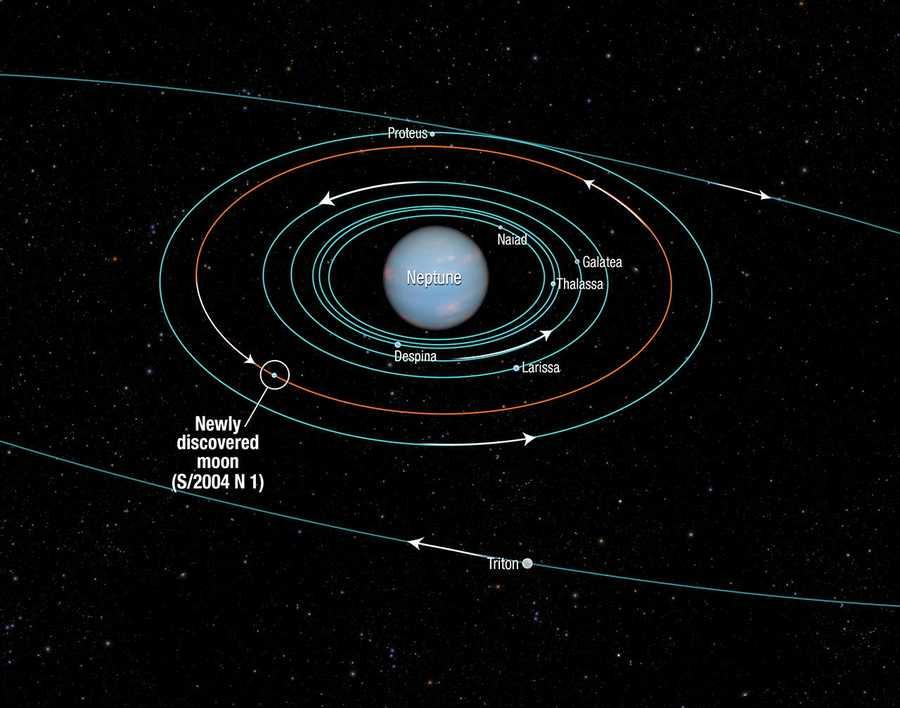Quick facts
Day: 10.7 hours
Year: 29 Earth years
Radius: 36,183.7 miles | 58,232 kilometers
Planet type: Gas giant
Temperature: average temperature of -288 degrees Fahrenheit -178 degrees Celsius
Moons: 53 confirmed | 29 provisional
23
130 reads
CURATED FROM
IDEAS CURATED BY
I'm passionate about helping people live their best lives. I'm a lifestyle coach & burnout coach.
The idea is part of this collection:
Learn more about technologyandthefuture with this collection
How to make sustainable choices in everyday life
Identifying ways to reduce waste and conserve resources
Understanding the impact of human actions on the environment
Related collections
Similar ideas to Quick facts
Quick facts
Day: 16 hours
Year: 165 Earth years
Radius: 15,299.4 miles | 24,622 kilometers
Planet type: Ice giant
Temperature: -392 degrees Fahrenheit / -200 degrees Celsius
Moons:
5 Need-to-Know Facts about MERCURY.
On mercury Daytime Temperatures can reach 430 degrees Celsius and drop to -180 degrees Celsius at night.
One day-night cycle on Mercury takes 175.97 Earth days and a year of Mercury is just 88 Earth days.
Standing on Mercury's surface at its closest approach to the Sun, our star woul...
Moons
Neptune has 14 known moons, neptune's largest moon Triton was discovered on October 10, 1846, by William Lassell, just 17 days after Johann Gottfried Galle discovered the planet.
Since Neptune was named for the Roman god of the sea, its moons are named for various lesser sea gods and nymphs...
Read & Learn
20x Faster
without
deepstash
with
deepstash
with
deepstash
Personalized microlearning
—
100+ Learning Journeys
—
Access to 200,000+ ideas
—
Access to the mobile app
—
Unlimited idea saving
—
—
Unlimited history
—
—
Unlimited listening to ideas
—
—
Downloading & offline access
—
—
Supercharge your mind with one idea per day
Enter your email and spend 1 minute every day to learn something new.
I agree to receive email updates


